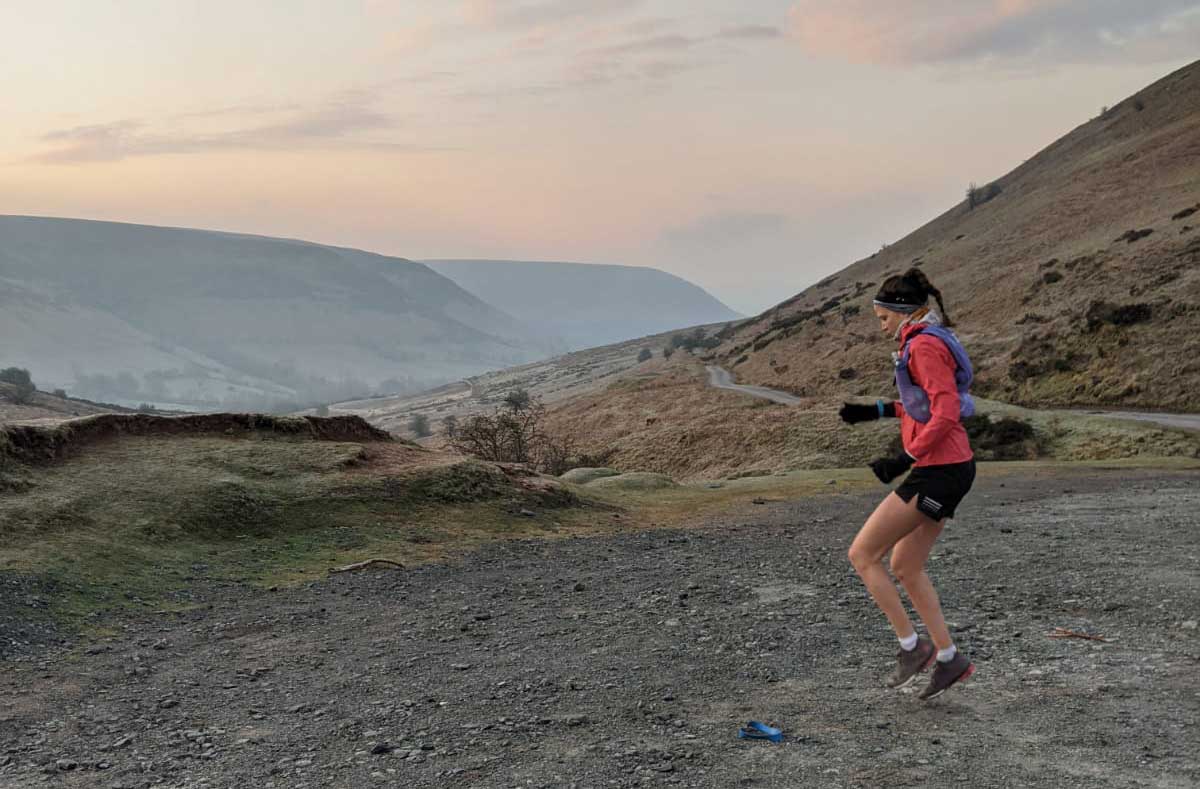Should Runners Warm Up?
Most of us, myself included, are reluctant to allocate time to warming up. But why? Some swear by it, some feel it fends off injury & niggles, and others feel they settle into their run a lot quicker. Makes sense... But the evidence in running is sparse. There are some studies (and our own experiences) that confirm the positive impact of warming up- preparing us physically & mentally, ensuring we feel more comfortable when we do get going and also improving running economy.
The evidence...
According to the limited research - it does NOT however reduce the risk of injury.
Even the best warm up will not outdo the importance of an athlete monitoring training load, recovery & incorporating strength & conditioning.
There is however plenty of research conducted within other sporting warm ups i.e. football & results suggest structured warm ups can be very helpful. The downside of these studies are how extensive the warm up protocols are, (including balance, plyometrics, strength, activation etc) totalling more than 20mins.
These specific extensive warm up strategies are yet to be fully validated in running.
Subjective Feels…
If you feel the benefit of doing something, stick to it. No need to overcomplicate it and spend too long - keep it short & simple. It should be based on you as an individual and the training you are preparing for that day.
If you are doing an easy low intensity run, you may simply find a slower 5-10mins at the start is sufficient to allow your body to catch up physiologically. But for an interval session or race, a longer dynamic warm up may better prepare you for the higher intensity demands to come.
Consider 4 elements:
RANGE OF MOTION - get the stiff bits moving (not static stretching, keep it dynamic to loosen things up & make it specific to the dynamic demands to come). *This can be especially useful for those with tendon issues who feel stiff, use certain exercises to overcome this stiffness making the run more comfortable.
ISOMETRICS - a muscle contraction without any lengthening or shortening component. These can be good for someone if they help alleviate symptoms i.e. some people respond well to heel raise holds with achilles tendon issues. But is important to find the right level to activate but avoid fatigue (e.g. 20-40secs x 4-5)
BALANCE & PROPRIOCEPTION - some single leg standing work to ensure the core is ready & your awareness of surroundings is primed.
PLYOMETRICS - thought to be the most effective because of its dynamic nature & specificity. Improve the usage of elastic energy when you run - recent evidence shows these to be influential in improving areas of desired stiffness which allows certain soft tissues to act as springs. Exercise examples include squat jumps, bounding, hopping etc.
The aim being to limit fatigue but get the soft tissues primed for running.
Top tips on PLYOS:
They shouldn't be provocative to your pain.
You should incorporate some dynamic work before even doing plyos
Consider the first set at an easier intensity, then increase power and reduce the ground contact time. I.e. be more springy & explosive in the second set.
What do I do personally?
- Most often a 10min easy run before moving into the "session" itself.
- Dynamic lunges to improve range of motion at hip flexors,
- Crab walks to activate glutes (due to previous injuries),
- Single leg bounds / running drills to get the explosive capacity and springiness primed
- Running drills will finish with a single leg stand balance to get the focus & proprioception.

















